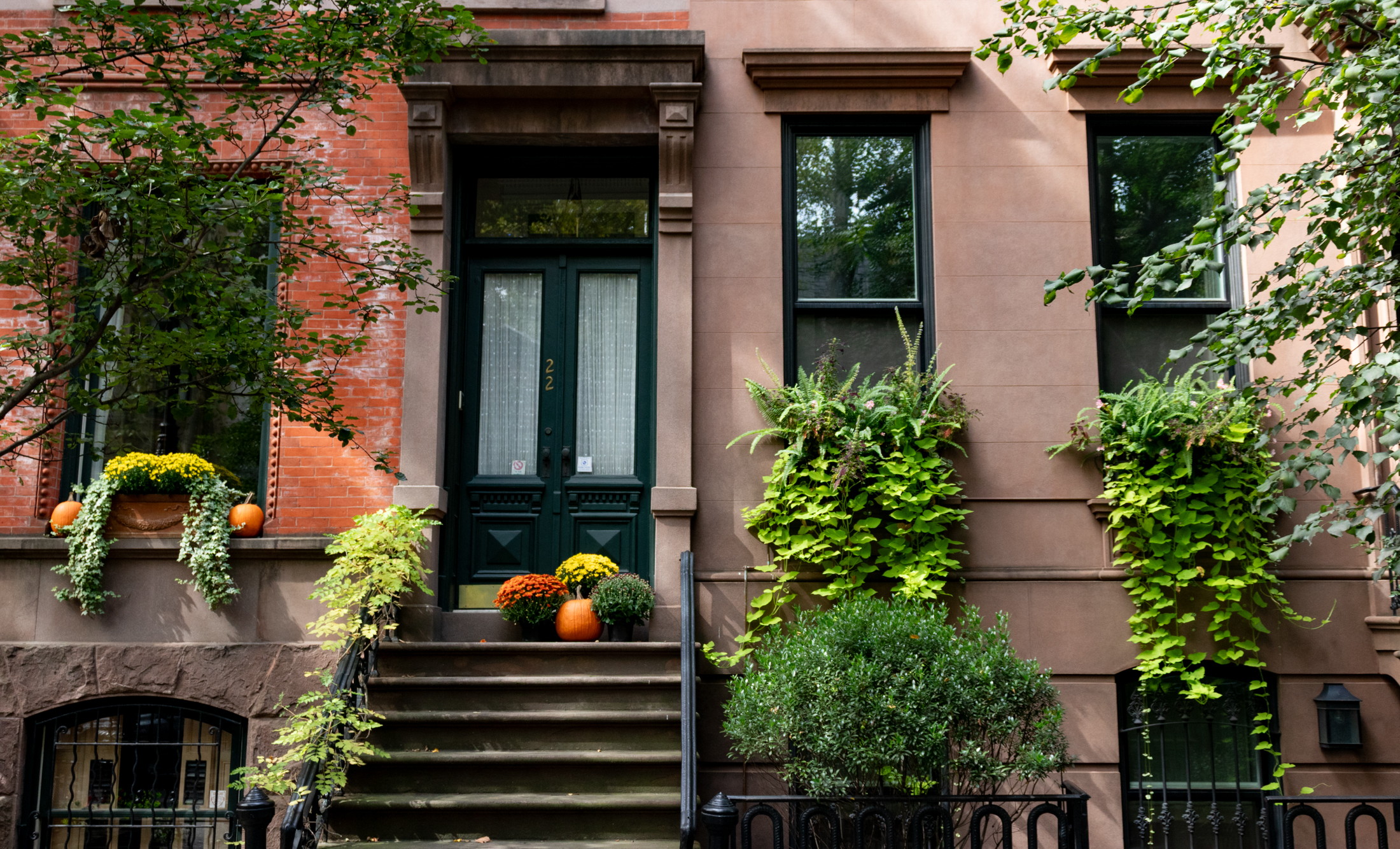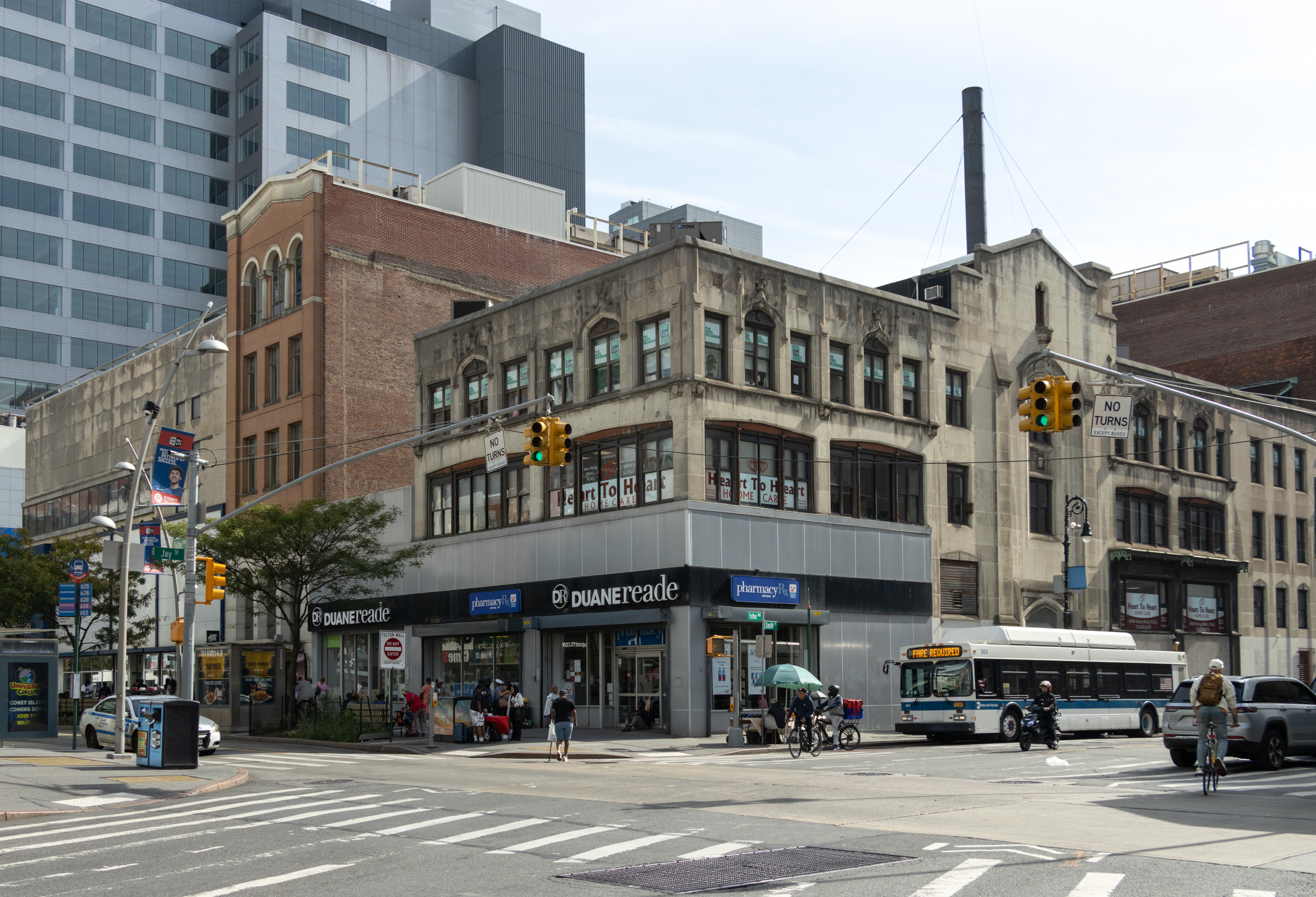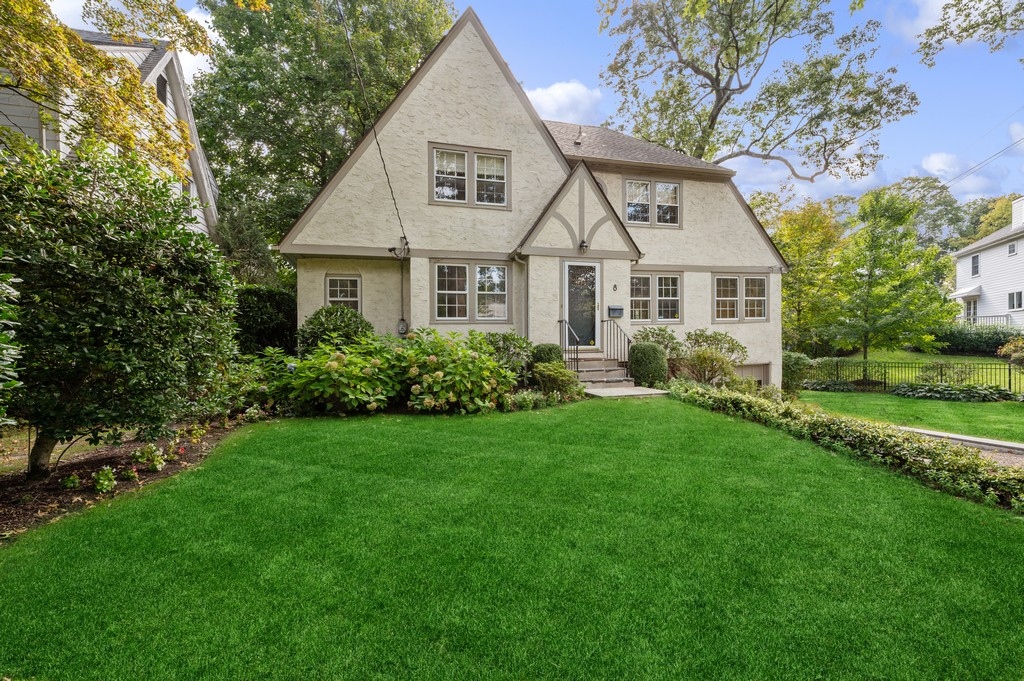Real Estate Market's Doing Just Fine, Thanks
According to the most authoritative source of data, the city’s assessment roll, rumors of the New York real estate market’s demise have been greatly exaggerated. After a slowed rate of increase in 2005, property values around the five boroughs posted strong double-digit increases in 2006, with the Bronx and Brooklyn leading the way with jumps…


According to the most authoritative source of data, the city’s assessment roll, rumors of the New York real estate market’s demise have been greatly exaggerated. After a slowed rate of increase in 2005, property values around the five boroughs posted strong double-digit increases in 2006, with the Bronx and Brooklyn leading the way with jumps of 27.6%. While people predicted that the sales prices were coming down, they haven’t been coming down, said Martha E. Stark, the city’s finance commissioner. It might take a little longer to sell something, but actually, the prices have been holding.
Property Values in New York Show Vibrancy [NY Times]
Higher Assessments Mean Higher Taxes [NY Post]





i really don’t understand this chart. but i do know that i bought a park slope brownstone for under 1.3 in 2004 and now it’s valued by city fin dept at more than 2.2…..
if i could really get that i’d sell today. it makes no sense!
Wow 4:10, I never thought of it that way. Come to think of it, I AM pretty sad. I live in a great apartment with a great garden and a great amount of space for my kid to ramble around in, in a great neighborhood within reasonable commuting distance to work. I live within my means and am entirely debt-free. How pathetic.
this is stupid – its a freakin prediction – if whoever did this survey could predict 2008, they wouldnt be doing what they are doing.
this is plain silly.
next
This is an apples and oranges comparison because they have changed the rules in how they calculate values. It does not prove the prices have actually increased. From the article in the NYT:
One factor that may explain part of the surge in market values, and may cause some controversy among property owners, is that the Finance Department has introduced a new method for calculating the values of Class 2 and Class 4 properties whose owners failed to submit legally required income and expense statements by Sept. 1.
One effect of the new method, which Ms. Stark called “more consistent†than past methods, is a substantial increase in the market values of some income-producing properties, particularly rental apartment buildings outside Manhattan, Ms. Stark said.
Aha. I see what I was missing. The chart measures the percentage of value increases, not the values themselves. Ok, that makes a lot more sense. My bad.
The fact that it includes residential and commercial figures is important, though. Thanks for pointing that out, 1:46.
12:31, to annoy people like you. If you read my 10:52 post, you’ll know that I never did give up on Brooklyn. I own a brownstone in Bed Stuy as well. No, there aren’t any brownstones here…only Victorian detached homes much like the ones in Victorian Flatbush. Poor us. As my buddy @ 11:44 said, “best of both worlds”. I love Brooklyn. I grew up there and I’ll always have a connection to it, but I’m happier here. I live in town and can walk everywhere, including the train and the river. I don’t have kids, so I really don’t care about the schools, but I have a strange suspicion they’ll improve as the newcomers are more demanding than the oldtimers.
doesn’t the chart show steady increases over the years, its just that some years only have an increase of 5 to 6% over previous years? i don’t think it shows prices decreasing, none of the numbers are negative.
Guys, the numbers include both residential AND commercial properties. It’s not that outlandish considering how hot the commercial properties are.
I often think about where I would like to live when I get older. I think the burbs would be so isolating. I think i would want to be in the city where I can have easy access to people and amenities.